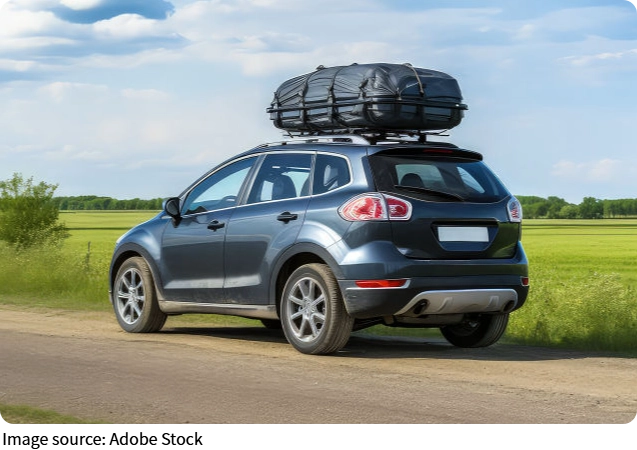Global Driving Rules

Hey Lykkers! Imagine landing in a new country, keys in hand, ready to explore by car — only to find out that the driving rules are totally different from back home.
This happens more often than you think, and it can turn a fun trip into a stressful one pretty fast. Today, we're diving deep into some key driving law differences around the world that every traveler should know before getting behind the wheel abroad.
Understanding Traffic Direction and Licensing Requirements
One of the first things to check before driving anywhere is which side of the road to drive on. While it might sound obvious, it's easy to forget this simple rule can completely change your driving experience.
Left vs. Right: In places like the UK, Australia, Japan, and South Africa, people drive on the left side. Meanwhile, the majority of the world — including the US, and most of Europe — drive on the right. For travelers switching sides, adapting your instincts is key. For example, turning at intersections feels different, and even something as simple as checking mirrors requires a mindset shift.
License Validity: Most countries accept an International Driving Permit (IDP) paired with your home license, but not all. Some places require you to get a local license after a certain period or forbid driving with just an IDP. For example, Japan only allows visitors to drive with an IDP for up to one year.
Speed Limits and Traffic Signs: More Than Just Numbers
Speed limits vary widely, not just in numbers but in how strictly they are enforced and communicated.
Speed Units: Some countries use kilometers per hour (km/h), others miles per hour (mph). The UK uses mph, so if you're from continental Europe or Asia, you'll need to adjust quickly.
Variable Speed Limits: Certain countries, like Germany, have no general speed limit on some highways (the famous Autobahn). But don't get too excited — advisory limits and strict rules apply in different zones and conditions. Meanwhile, countries like Singapore and Norway enforce strict speed limits with heavy fines and automated cameras.
Traffic Signs: Even though many road signs follow international conventions, local quirks exist. For instance, in France, a red circle with a white background usually means no entry, but in Japan, some important signs might use unique symbols or colors unfamiliar to outsiders. Knowing common signs before you travel helps avoid confusion.

Insurance and Accident Procedures: What Travelers Must Know
One area many travelers don't think about until it's too late is how insurance works and what to do if an accident happens abroad.
Insurance Coverage: Rental cars usually come with some basic insurance, but coverage varies widely. For example, in the US and Canada, rental insurance often covers collision and liability, but in countries like Italy or Spain, you may need to pay extra for full coverage or for protection against theft. Checking your credit card's insurance policy can also help, as some cards offer rental insurance as a perk.
Accident Reporting: Procedures after an accident can be very different. In many European countries, drivers are expected to fill out a “Constatazione Amichevole” (friendly accident report) form on the spot, which both parties sign to speed up insurance claims. In the US, calling the police is usually mandatory for any accident causing injury or significant damage.
Language and Local Support: In countries where you don't speak the language, handling accident reports or insurance claims can be tricky. Having emergency contact numbers, rental company support, or even a translation app ready can make a huge difference in avoiding headaches.
Driving abroad is exciting, but the last thing we want is for Lykkers to get caught off guard by simple but crucial law differences. Taking time to research, get the right permits, and understand local rules can save you from fines and help keep your trip smooth and safe.
Friends, do you have any wild or surprising driving experiences abroad? Or tips you'd like to share? Drop your stories—I'm eager to hear how you navigated these road rules around the world!
-
 Manipulative Finance?Unlocking the Hidden Dangers: How Manipulative Language in Finance Can Cost You Big!
Manipulative Finance?Unlocking the Hidden Dangers: How Manipulative Language in Finance Can Cost You Big! -
 New To Crypto? Read This!This Crypto Trading Mistake Could Destroy Your Portfolio—How to Avoid It Like a Pro!
New To Crypto? Read This!This Crypto Trading Mistake Could Destroy Your Portfolio—How to Avoid It Like a Pro! -
 Setting Finance BoundariesThis One Financial Habit Could Transform Your Wealth and Well-Being—Here's How to Start Today!
Setting Finance BoundariesThis One Financial Habit Could Transform Your Wealth and Well-Being—Here's How to Start Today!